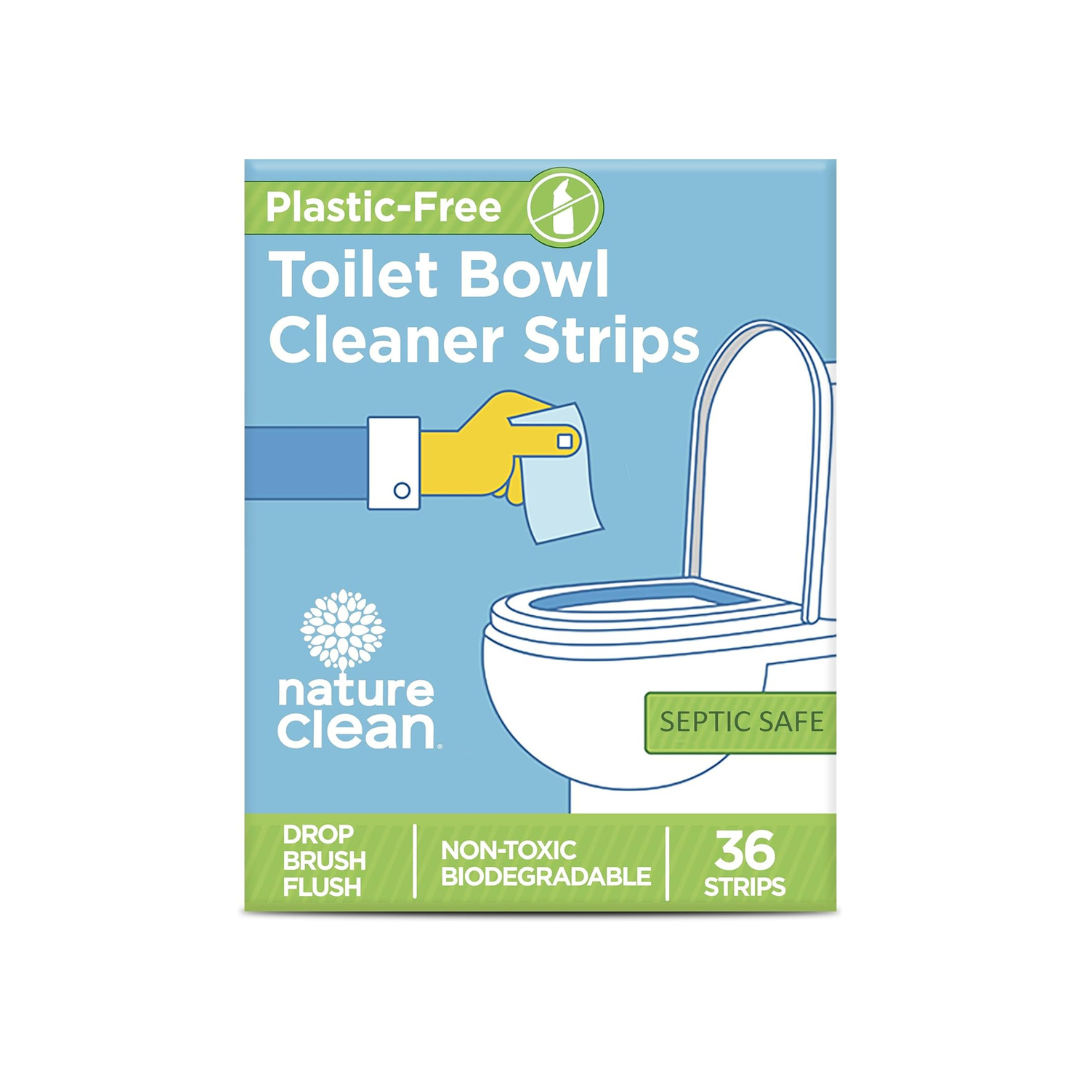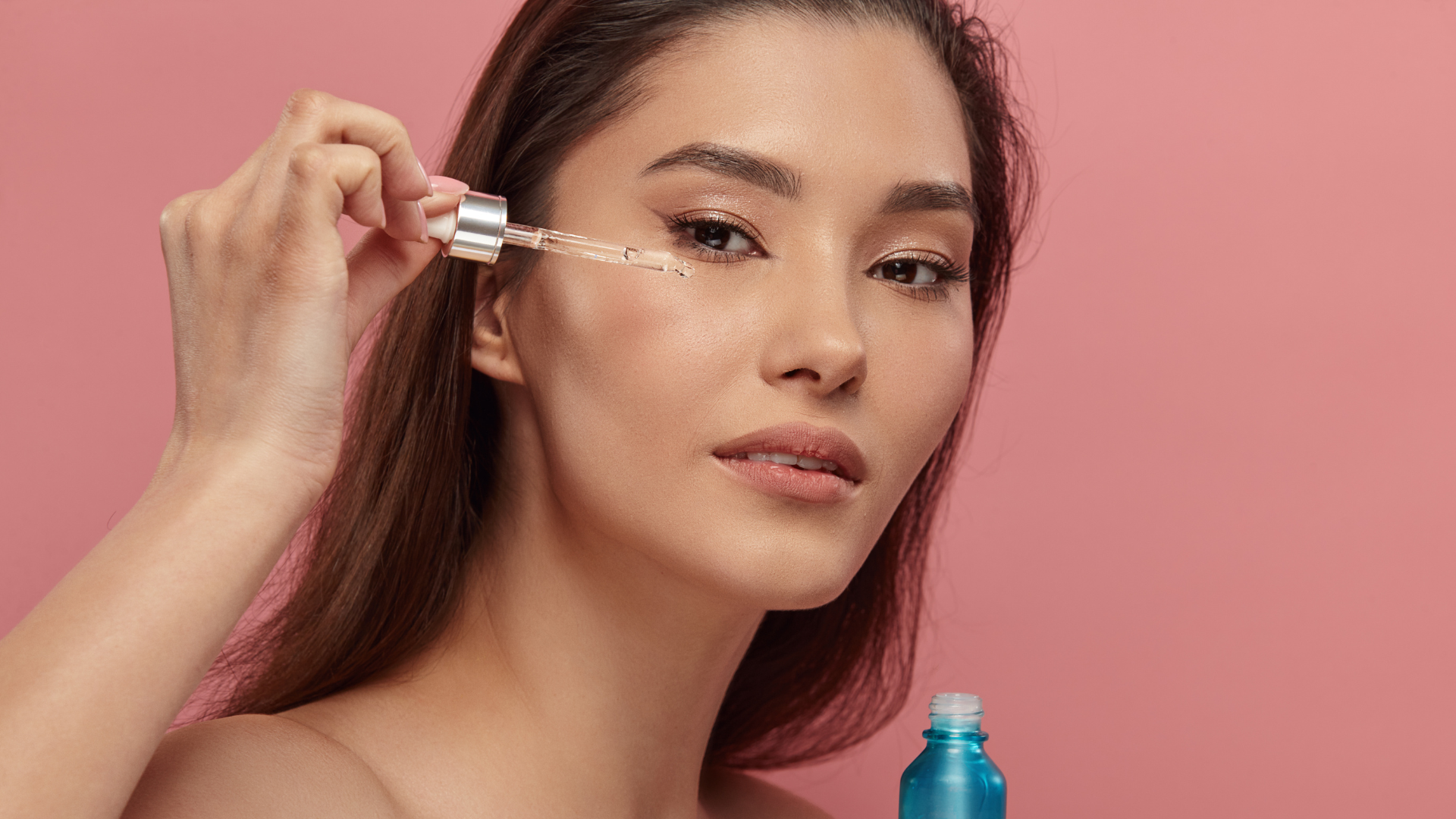Mica, iron oxides, and synthetic dyes explained.
Pigments are the heart of any cosmetic product, responsible for the vibrant hues, subtle shades, and defining tones that enhance our features. From the soft shimmer of a highlighter to the bold color of a lipstick, pigments are the unsung heroes of the beauty industry. Understanding these ingredients is essential for consumers who prioritize safety, sustainability, and performance in their makeup choices.
In this article, we delve into the world of pigments, exploring their natural and synthetic origins, their impact on the environment, and how they are used in products sold at Sustai Market, where transparency and ethical sourcing are key.
What Are Cosmetic Pigments?
At their core, cosmetic pigments are colorants added to makeup products to achieve desired shades. They are classified into two main categories: natural pigments and synthetic pigments.
-
Natural pigments: Derived from minerals, plants, or even animals, these pigments have been used for centuries and are often associated with sustainability and eco-friendliness.
-
Synthetic pigments: Laboratory-made pigments designed for consistent color and durability. While offering vibrant results, they raise concerns about skin sensitivity and environmental impact.
Pigments also determine other product qualities, such as opacity, texture, and wear time, making their selection crucial for manufacturers and consumers alike.
Natural Pigments in Makeup
What Are Natural Pigments?
Natural pigments are extracted from the earth, flora, or fauna and are often marketed as clean, green, and safe alternatives to synthetic options. Their appeal lies in their perceived purity and alignment with eco-conscious values. However, not all natural pigments are created equal; factors like sourcing, processing, and ethical implications play significant roles in their overall sustainability.
Mineral-Based Pigments
Mineral-based pigments dominate the natural pigment category due to their versatility and skin-friendly properties.
-
Mica: A naturally occurring silicate mineral, mica adds shimmer and sparkle to products like eyeshadows, highlighters, and lip glosses. Despite its widespread use, mica mining often involves unethical labor practices, which is why Sustai Market prioritizes sourcing products with responsibly mined or synthetic mica alternatives.
-
Iron Oxides: These compounds provide a broad spectrum of natural hues, from reds and yellows to browns, making them essential in products like foundation and blush. Known for their stability and safety, iron oxides are particularly popular in formulations for sensitive skin.
-
Titanium Dioxide and Zinc Oxide: Known for their dual role as pigments and UV protectants, these ingredients are staples in mineral-based sunscreens and makeup.
Plant-Based Pigments
Plant-based pigments are derived from natural sources such as flowers, fruits, and roots.
-
Beetroot Powder: Often used in lip and cheek products for its vibrant red hue.
-
Annatto: Extracted from the seeds of the achiote tree, it imparts orange or yellow tones.
-
Spirulina: A microalga that provides a natural green color.
While appealing for their natural origins, plant-based pigments may have limitations in terms of vibrancy and longevity compared to synthetic options.
Ethical Considerations in Natural Pigments
Natural doesn’t always mean ethical. Issues like child labor in mica mining or deforestation for plant pigment production highlight the need for conscientious sourcing.
At Sustai Market, products are vetted using the Sustai Score, ensuring that only brands with transparent and ethical practices make it to the platform. For example, products featuring Fair Trade mica or lab-grown alternatives receive the Sustai Badge, signaling their alignment with sustainable values.
Synthetic Pigments in Makeup
What Are Synthetic Pigments?
Synthetic pigments are manufactured in laboratories to achieve specific properties such as vivid color, long wear, and consistency. Unlike natural pigments, synthetic options can be tailored for precision, allowing makeup brands to offer an extensive palette of colors.
Advantages of Synthetic Pigments
Synthetic pigments bring several benefits to the table:
-
Color Vibrancy: Synthetic pigments produce brighter, more intense colors that are difficult to achieve with natural sources.
-
Longevity: Products with synthetic pigments tend to last longer, offering smudge-proof and fade-resistant results.
-
Consistency: Unlike natural pigments, which may vary due to sourcing, synthetic options provide uniform color across batches.
These advantages make synthetic pigments a staple in high-performance makeup, including waterproof mascaras and bold lipsticks.
Concerns with Synthetic Pigments
Despite their advantages, synthetic pigments are not without drawbacks:
-
Skin Sensitivity: Some synthetic pigments, such as FD&C dyes, may cause irritation or allergic reactions in sensitive individuals.
-
Environmental Impact: Many synthetic pigments are petroleum-based and non-biodegradable, contributing to pollution.
-
Ethical Challenges: While synthetic pigments avoid labor concerns tied to mining, their production often relies on non-renewable resources.
At Sustai Market, we emphasize eco-friendly and skin-safe products, ensuring that synthetic pigments in our offerings meet stringent sustainability and safety criteria.
How Pigments Are Labeled in Cosmetics
Navigating ingredient labels can feel overwhelming, especially when technical or unfamiliar terms are used. Understanding how pigments are labeled in cosmetics is key to making informed decisions about the products you use.
Key Terms to Look For
-
CI Numbers (Color Index Numbers)
Pigments and dyes in cosmetics are often listed with their CI (Color Index) number, an international coding system that identifies colorants. For example:-
CI 77019: Mica
-
CI 77491, CI 77492, CI 77499: Iron oxides (red, yellow, and black)
-
CI 77891: Titanium dioxide
-
-
FDA Certification for Synthetic Pigments
In the U.S., synthetic pigments are often listed with labels like FD&C (Food, Drug, and Cosmetic) or D&C (Drug and Cosmetic), indicating they’ve passed safety testing. Common examples include:-
FD&C Red No. 40
-
D&C Yellow No. 5
-
-
Natural Pigment Names
Natural pigments are usually listed with their source. For example:-
Beetroot extract
-
Annatto seed oil
-
Spirulina powder
-
Labels to Watch Out For
-
“Natural”: While this term sounds appealing, it is not regulated and can be misleading. Always cross-check the ingredient list for specifics.
-
“Synthetic-Free”: Products labeled synthetic-free rely solely on natural pigments, but ensure these are ethically sourced.
-
Certifications: Look for eco-certifications, such as USDA Organic or Sustai Verified to verify claims.
The Role of Pigments in Specific Makeup Products
Pigments play a unique role in each type of cosmetic product, influencing both its function and appearance.
1. Foundation and Concealers
These products rely heavily on pigments to create a wide range of skin tones while ensuring natural coverage.
-
Iron Oxides: Key for realistic skin tones.
-
Titanium Dioxide: Adds opacity and offers UV protection.
-
Mica: Provides a slight shimmer for a dewy finish.
Pro Tip: At Sustai Market, our curated selection of foundations includes products with responsibly sourced pigments, earning the Sustai Badge for ethical practices.
2. Lipsticks and Lip Glosses
Lip products demand high-performing pigments for vibrant, long-lasting colors.
-
Synthetic Dyes: Common in bold and bright shades, offering extended wear.
-
Natural Alternatives: Beetroot extract or carmine (a pigment from cochineal insects).
Consumer Tip: Look for vegan formulations if avoiding animal-derived pigments like carmine.
3. Eyeshadows and Highlighters
These products showcase the artistry of pigments, combining matte, shimmer, and metallic finishes.
-
Mica: A staple for shimmer and glitter effects.
-
Synthetic Pearls: Create bold, iridescent looks.
Sustainability Focus: Some brands use lab-grown mica to address ethical concerns tied to traditional mining practices.
4. Blush and Bronzer
Pigments in these products define cheekbones and add warmth or flush to the face.
-
Iron Oxides: Essential for creating natural rosy and bronze tones.
-
Annatto: Used for warm, peachy shades.
Pro Tip: Check the Sustai Score on blush and bronzers to ensure the pigments align with sustainability values.
How to Choose Sustainable Makeup Products
When selecting makeup, it’s essential to consider the environmental and ethical impact of the pigments used.
1. Check Brand Transparency
Trustworthy brands disclose their sourcing and manufacturing processes. Look for those that prioritize:
-
Fair labor practices in mining or farming.
-
Eco-friendly production methods for synthetic pigments.
-
Certifications like Fair Trade or Cruelty-Free.
Example: Brands on Sustai Market provide detailed transparency reports, scored and badged for their ethical practices.
2. Avoid Harmful Additives
Some pigments are blended with additives that may be harmful to health or the environment. Avoid products with:
-
Heavy metals: Trace amounts of lead, arsenic, or mercury can sometimes be found in pigments like natural clays.
-
Petroleum-based dyes: While vibrant, they are non-renewable and environmentally harmful.
3. Prioritize Refillable or Zero-Waste Packaging
Sustainability goes beyond the product itself. Brands offering refillable makeup or zero-waste packaging reduce the overall environmental footprint.
4. Support Lab-Grown Alternatives
Lab-grown mica and synthetic alternatives to animal-based pigments like carmine are growing in popularity, offering ethical and eco-friendly options.
Pro Tip: Products featuring lab-grown pigments are highlighted with the Sustai Badge on our platform.
Innovations in Sustainable Pigments
The beauty industry is evolving, and pigments are no exception. Cutting-edge technologies are reshaping how pigments are sourced and produced.
1. Bio-Based Pigments
Scientists are exploring pigments derived from algae, bacteria, and fungi. These bio-based solutions offer renewable and biodegradable options.
2. Lab-Grown Mica
Lab-grown mica eliminates the ethical issues tied to traditional mining while maintaining the sparkle and versatility that make it a favorite.
3. Hybrid Formulations
Combining natural and synthetic pigments, hybrid formulations strike a balance between vibrancy, safety, and sustainability.
Sustai Market’s Commitment to Transparency
At Sustai Market, we believe that informed choices lead to impactful change. Our platform is designed to:
-
Highlight sustainable and ethical products through the Sustai Badge.
-
Offer detailed Sustai Scores so customers understand the impact of their purchases.
-
Partner with brands committed to innovation in sustainable beauty.
Explore our Personal Care & Beauty Blog for more insights into sustainable makeup ingredients.
Conclusion
Pigments are more than just colorants; they define the aesthetics, performance, and ethical footprint of makeup products. By understanding the differences between natural and synthetic pigments, scrutinizing labels, and supporting sustainable practices, you can align your beauty routine with your values.
At Sustai Market, we’re here to guide you every step of the way, ensuring your makeup choices are as thoughtful as they are beautiful.
Explore more sustainable beauty insights in our Sustainable Living Blog Category and discover products that make a difference.


















